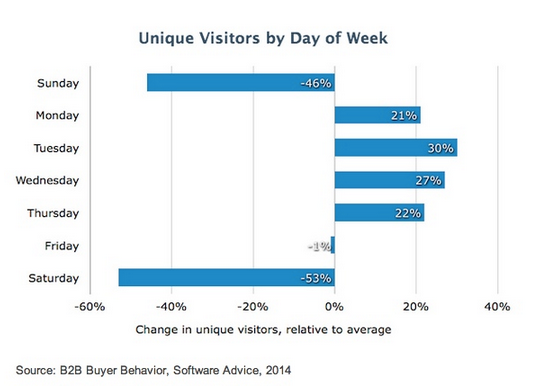Why 'A' marketers are better than the rest (Infographic)
Although many marketers have heard of the analytics, data and technology challenges, a minority of 26% of marketers understand their value for the business they run. This is the latest results of a joint study from VisionEdge Marketing (VEM) and ITSMA Marketing Performance Management (MPM) with input from 380 marketers gives insights on marketing performance and best-practices.
The study shows how marketers can earn an “A” grade from the C-suite as they understand impact on data for business. The outperforming marketers know how to make performance management a priority. They know how to plan and implement a well-defined and documented road map for performance improvement. While many marketers measure effort and activity, these “A” grade marketers find the right metrics on ROI efficiency, while building dashboards in order to communicate business benefits of their efforts.
Not surprisingly, “A” grade marketers know how to align their marketing objectives with business priorities, which are the basis for selecting the right metrics. They understand why their offerings create a bi-directional benefit for customers and shareholders.
Of the top performers, 63% claimed increased customer share of wallet. This is a massive success when compared with 48% of “B” marketers and 38% of low performing marketers. When monitoring improvements for business growth, 54% of “A” respondents confirmed improvements in their win rates. This stands against 39% of the “B” competitors and 25% of laggard marketers.
However, some of you marketers might think you should have the ROI in focus, the “B” grade marketers
are too much looking for sales figures. They are spot on getting leads for their pipeline and try to map the customer journey intensively. Still, they lose the big picture of the long-term web strategy. The lazy laggard marketers just see the production of marketing campaigns as their target instead of producing and generating real business results, according to the study.










 Spot On!
Spot On!





